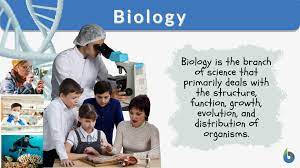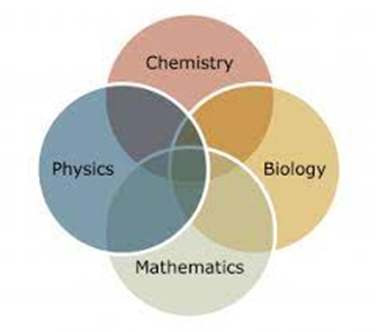Gene
Mapping
Also called linkage
mapping- can offer firm evidence that a disease transmitted from parent to
child is linked to one or more gene. Mapping also provides clues about which
chromosome contains the gene and precisely where the gene lies on that
chromosome.
A map of where the genes are in relationship to each other
on the chromosomes can then be drawn. This is called a linkage map. Genes that
are on the same chromosome are said to be linked and the distance between these
genes is called a linkage distance.
To produce a genetic
map, researchers collect blood or tissue samples from members of families in
which a certain disease or trait is prevalent, DNA markers don’t, by
themselves, identify the gene responsible for the disease or trait, but they can
tell researchers roughly where the gene is on the chromosome. Gene mapping is
divide into two form, i,e. chromosome mapping land DNA mapping.
DNA mapping is done by determining a DNA sequence to a
specific chromosome. It. can be done by various techniques like,
1.
Chromosome jumping.
2.
Pulsed feel gel electrophoresis.
3.
Gene cloning.
Genetic
Mapping
Genetic mapping-also
called linkage mapping-can offer firm evidence that a disease transmitted from
parent to child is linked to one or more genes. Mapping also provides clues
about which chromosome contains the gene and precisely where the gene lies on
the chromosome.
Genetic maps have been
used successfully to find the gene responsible for relatively rare, single gene
inherited disorders such as cystic fibrosis and Duchenne muscular dystrophy.
Genetic maps are also useful in guiding scientist to the many genes that are
believed to play a role in the development of more common disorder such as asthma,
heart disease, diabetes, cancer, and psychiatric conditions.
Procedure
of Producing Genetic Map
To produce a genetic
map, researchers collect blood or tissue samples from members of families in
which a certain disease or trait is prevalent. Using various laboratory
techniques, the scientists isolate DNA from these samples and examine it for
unique pattern that are seen only in family members who have the disease or
trait. These characteristic patterns in the chemical bases that make up DNA are
referred to as DNA markers.
Genetic Markers
Markers themselves
usually consist of DNA that does not contain a gene. But because markers can
help a researcher locate a disease-causing gene, they are extremely valuable
for tracking inheritance of traits through generations of a family.
Genome
Mapping
Genetic mapping is based
on the use of genetic techniques to construct maps showing the positions of
genes and others sequence features on a genome. Genetic techniques include
cross breeding experiments and in case of humans, the examination of family
histories.
Physical
Mapping
Restriction mapping, which
locates the relative positions on a DNA molecule of the recognition sequences
for restriction endonucleases. Fluorescent in situ hybridization (FISH),
in which marker locations are mapped by hybridizing a probe containing the
marker to intact chromosomes.
Sequence tagged site (STS) mapping, in which the positions of
short sequences are mapped by PCR and/ or hybridization analysis of genome
fragments. Example explaining the genetic map (Fig. 1.1). Genes are shown in
relative orders and distance from each other based on pedigree studies.
The chance of the chromosomes breaking between A and C is
higher that the chance of the chromosome braking between A and B during
meiosis. Similarly, the chance of the chromosome breaking between E and F is
higher than the chance of the chromosome breaking between F and G. The closer
two genes are, the more likely they are to be inherited together. If pedigree
studies show a high incidence of co-occurrence, those genes will be located
close together on a genetic map.
(Fig.1.1)Explanation of genetic mapping





0 Comments